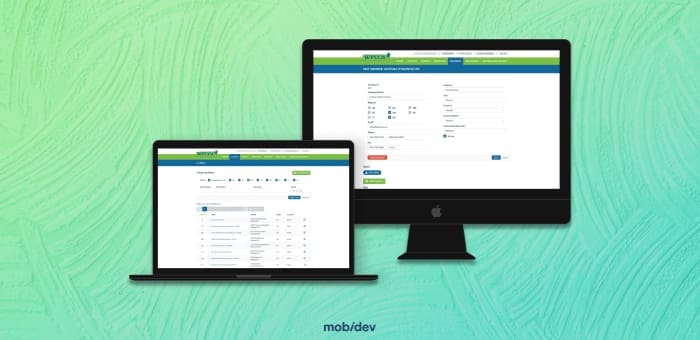Developing and Integrating Cross-Platform System for Energy Consumption Management
Starting with developing a new mobile application [Name is under NDA] for energy consumption management in 2014, the MobiDev team has been covering continuous app enhancements for 5 years. Within this period, the developed cross-platform app became an important component of the client’s ecosystem, that serves over 1.5 million customers.







